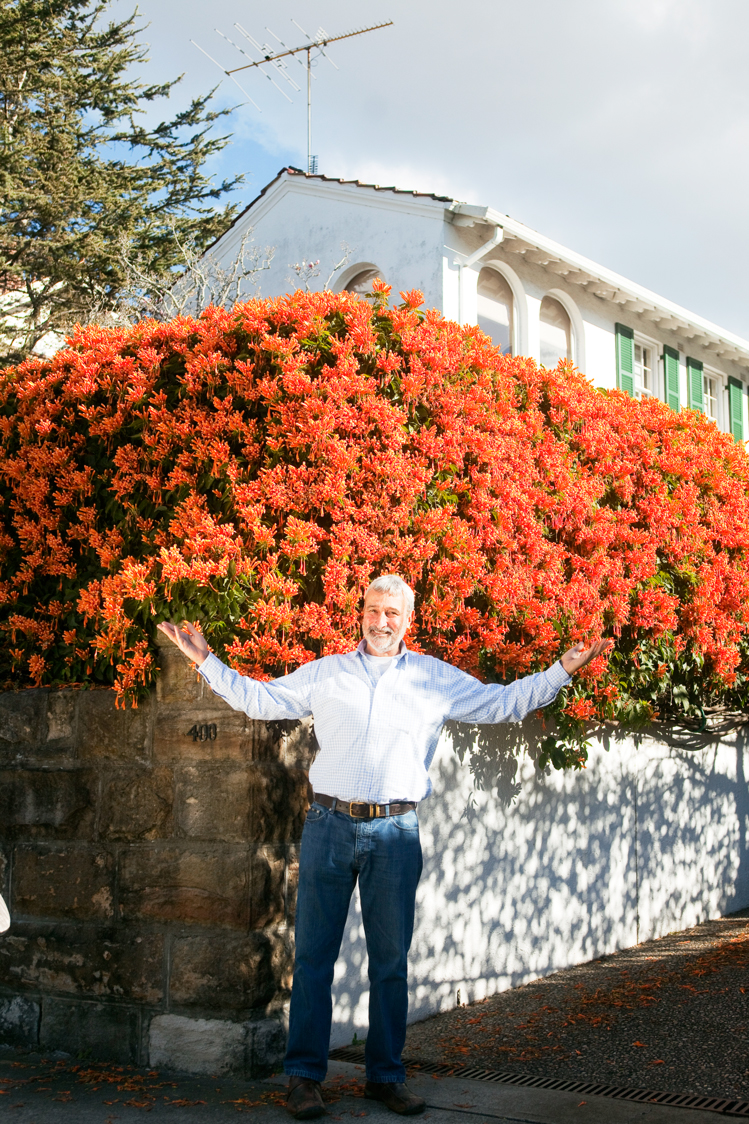
There is one climber which, when it flowers, seems to attract more interest than just about any other. It’s commonly known as the orange trumpet creeper or Pyrostegia venusta.
Common name:
Orange trumpet creeper or venusta vine (Queensland name).
Botanic name:
Pyrostegia venusta. It is a member of the Bignonia family (Bignoniaceae). The genus name comes from the Greek and is descriptive of the colour of the flowers (that is ‘pyro’ meaning flame so red or orange flowers and ‘stege’ meaning covering). The species name ‘venusta’ means pleasing. This plant has been known variously as Bignonia ignea and Pyrostegia ignea, but these names have now been superseded.
Climate:
Warm to temperate (tropics and south to Sydney and Perth and also in warm positions in Adelaide and inland Australia). Pyrostegias are warm climate plants. Yearn for them in Melbourne, but unless you can come up with a warm microclimate, forget this plant. It comes from Brazil, Paraquay, Bolivia and NE Argentina (Diagram 1).
Size:
Develops as a large climbing plant. It forms into sheets of growth which can cover a tank stand, a garage, a pergola, or a fence.
Best look: Striking when draped over a building or a structure such as a carport or over an old fence. A good choice in a country garden to conceal the tank stand.
Good points:
- Late autumn and winter orange flowers, which are bold to say the least and bring a warm look to the winter garden.
- Evergreen.
- Pest and disease free.
- Low maintenance – it is a civilised creeper, not rampant like bougainvillea, wisteria or even grapevine.
Likes:
- Warm and sunny spot, excellent drainage, regular moisture particularly when it’s hot and dry.
- Shelter from cold winds and frost.
- Something to climb over or drape from (it climbs by tendrils and twining).
Down side:
Hard to find and grow in a cold climate. It’s a plant cold climate gardeners see while on holiday in Queensland to escape the grey southern winter but then find they can’t grow or buy back home. In a warm climate it can spread.
Hates:
Cold. Frost can ruin young flowers.
Care:
Prune away spent flowers to encourage new growth in spring if desired.
Getting started:
Buy: Available at the nursery year round in a warm or tropical climate but particularly in autumn and winter when in flower. Prices start at $7 for a 14cm (5-6″) pot and $14 for a more advanced size. 20cm (8″).
Grow your own: Can also be grown from cuttings taken between summer and winter (semi-hardwood cuttings).


